Everything is better with cheese, right? If you live life with this as your motto, let us assure you, you are not alone. After years and years stuffing things with it and melting it on top of our favorite dishes, we thought it was time to learn more about the history of one of our favorite foods.
To find out more about the history of cheese, we chatted with Paul S. Kindstedt, PhD, from the Department of Nutrition and Food Sciences at the University of Vermont.
In the beginning
The origin of cheese is somewhat unclear, but according to Dr. Kindstedt much evidence points to Southwest Asia. Neolithic peoples living in the upper Fertile Crescent during the 9th millennium BC were the first to domesticate sheep, goats and cattle. Dairying commenced shortly thereafter.
However, because Neolithic peoples were lactose intolerant and thus unable to drink milk as adults, it is likely that they quickly learned how to make simple cheeses, which enabled the adult population to access the extensive nutritional benefits of milk in a lactose-reduced and nutrient-dense form.
The development of cheese-making skills, therefore, greatly elevated the importance of dairying as a survival strategy and provided Neolithic farmers with a powerful nutritional incentive to culturally conserve their dairying practices over the millennia and vast distances of Neolithic migration that were to follow.
The first cheeses were probably simple acid coagulated (fresh) types that resulted from spontaneous coagulation of warm milk held at ambient temperature, triggered by naturally occurring lactic acid bacteria in the milk that fermented lactose to lactic acid.
Coming to America
Whatever the truth is about cheese’s true beginnings, as cheese lovers we are grateful. And we are especially grateful that the art of dairying and cheese-making made its way over the pond to the good ‘ole US of A.
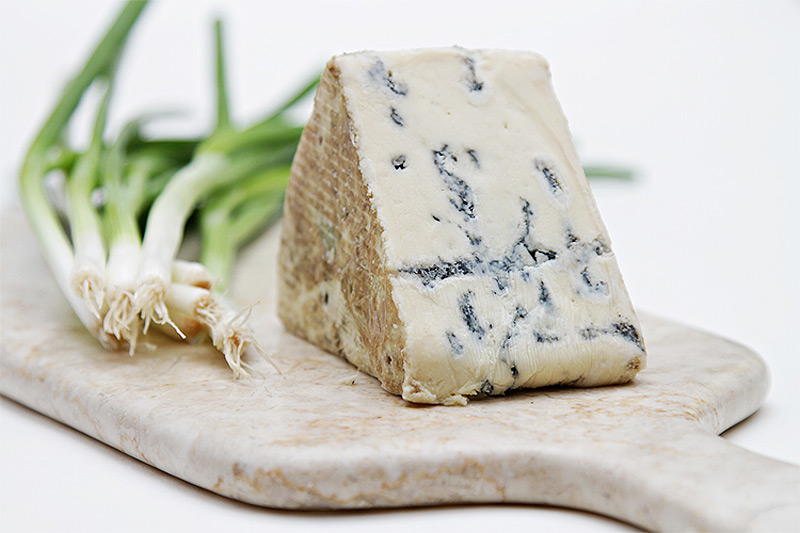
Dr. Kindstedt tells us that by the 5th millennium BC, Neolithic dairying and cheese-making made its way through Europe. Dairying and cheese-making eventually became integral parts of European agriculture due to the diverse landscapes and environmental conditions that are so well-suited to dairying.
Dairying and cheese-making arrived in North America during the 17th century when Europeans began to colonize in the New England area and brought their skills and technology with them to the new world. Luckily, dairying proved to be a good fit for the New England agricultural economy and thus New England quickly came to be the cheese-making center of the original American colonies.
For the first century and a half, hard-pressed Cheshire-type cheese flourished. While immigrants from other European nations brought their local cheeses with them to America, the American colonies were overwhelmingly dominated by the English, so English cheeses overwhelmingly dominated colonial cheese-making.
Variety is the Spice of Life…or Cheese
As evidenced by the variety of cheese options available to us today, cheese-making eventually expanded beyond the English cheeses that were first introduced in the colonies. We asked Dr. Kindstedt for some information on the different types of cheeses and here’s what he had to share:
There are many ways to classify cheese, but arguably the most informative scheme is based on the type of coagulation that is used in production. On this basis, cheeses can be divided into 4 basic types:
Acid coagulated cheeses:
These cheeses are produced by allowing natural lactic acid bacteria present in fresh milk to extensively ferment lactose to lactic acid by holding the milk at a warm temperature. The resulting cheese is very high in moisture, soft, spreadable and susceptible to rapid spoilage. Therefore, these are almost always consumed as fresh cheeses. Examples include cottage cheese, cream cheese and quark.
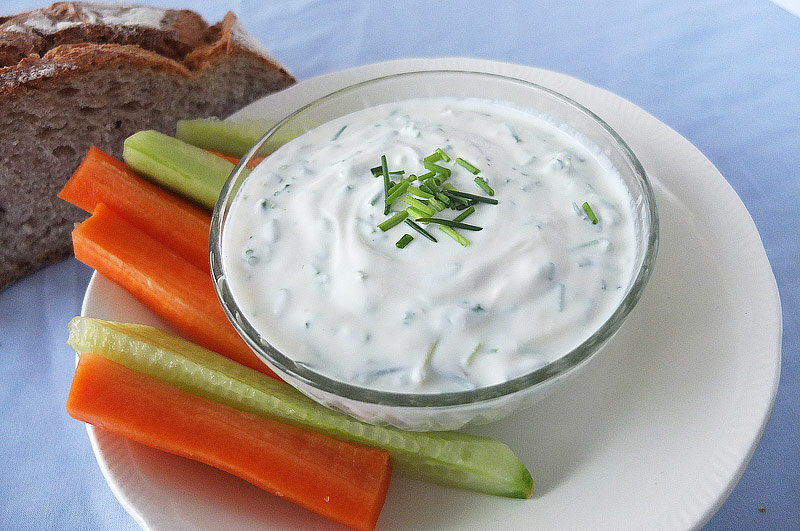
Acid-heat coagulated cheeses:
These cheeses are produced by allowing natural lactic acid bacteria to partially ferment lactose to lactic acid in fresh milk, followed by heating milk near boiling temperatures. The combination of lactic acid and heat trigger the coagulation process. The resulting cheeses are high in moisture and not very acidic, which renders them susceptible to rapid spoilage. Therefore, these are almost always consumed as fresh cheeses. Examples include ricotta, paneer and queso blanco.
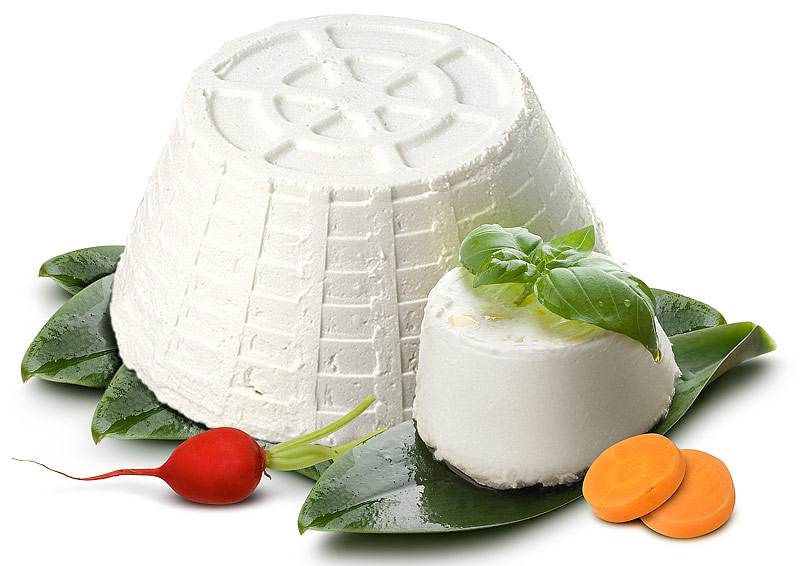
Rennet coagulated cheeses:
These cheeses are produced by adding rennet enzymes from animal or plant sources to warm fresh milk. The enzymes trigger coagulation and enable cheeses to be produced with a wide range of moisture contents and acidity levels that give rise to an enormously diverse family of cheeses. This the largest family of cheeses by far. Most of the soft ripened cheeses and virtually all of the hard aged cheeses are rennet coagulated.
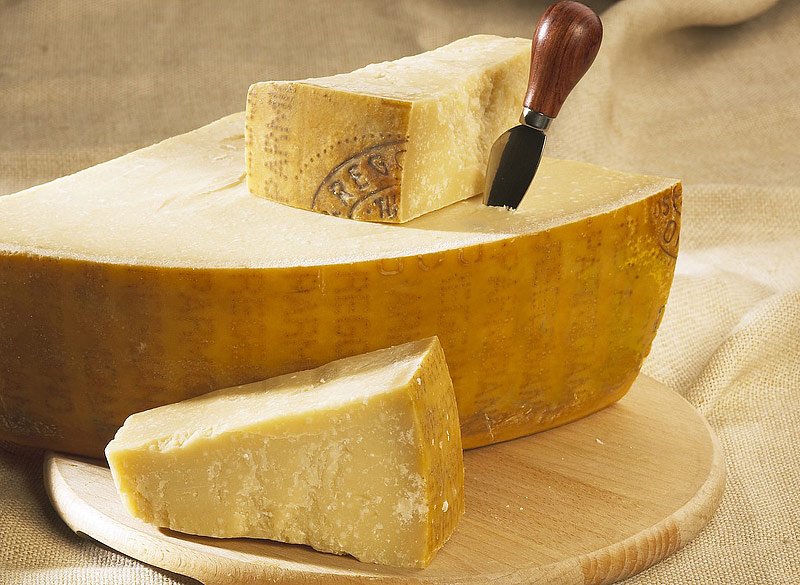
Rennet-acid coagulated cheeses:
These cheeses are produced by adding a reduced amount of rennet to milk and holding the milk at a cooler temperature that prevents the rennet from coagulating the milk but allows lactic acid bacteria to ferment lactose to lactic acid. The combination of lactic acid and rennet activity result in a unique coagulation that gives rise to soft, spreadable cheeses that support desirable yeast and mold growth at their surface. Examples include the soft surface ripened goat’s milk cheeses
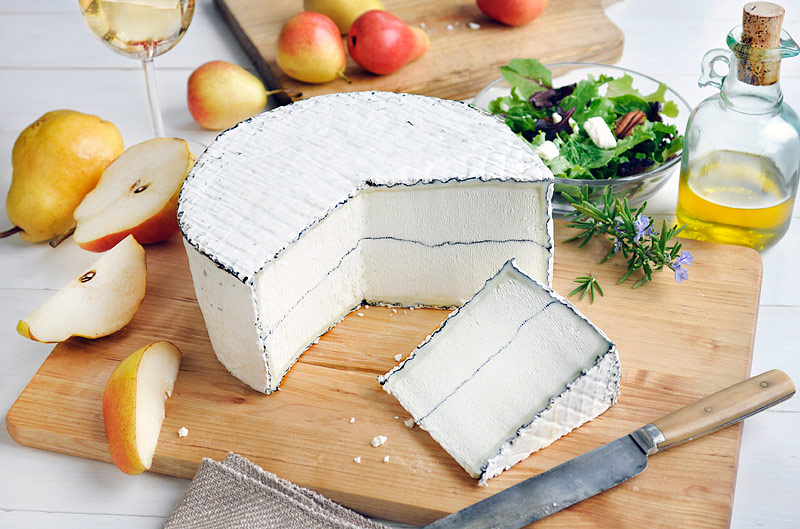
So, about that mold in some cheeses…
While we had his attention, we had to ask Dr. Kindstedt about mold found in some cheeses, particularly bleu cheeses. According to Dr. Kindstedt, certain mold species will produce mycotoxins that may be harmful to humans. However, the species of mold that colonizes bleu cheese, Pennicillium roqueforti, is non-toxic. Before signing off we also asked Dr. Kindstedt what his favorite type of cheese is. Dr. Kindstedt: Long aged (2-3 year) Cheddar cheese, preferably made from unpasteurized milk, preferably made in Vermont.
What about you? Are you partial to American-produced cheeses? Or do you live by the cheese motto, “the stinkier the better”?

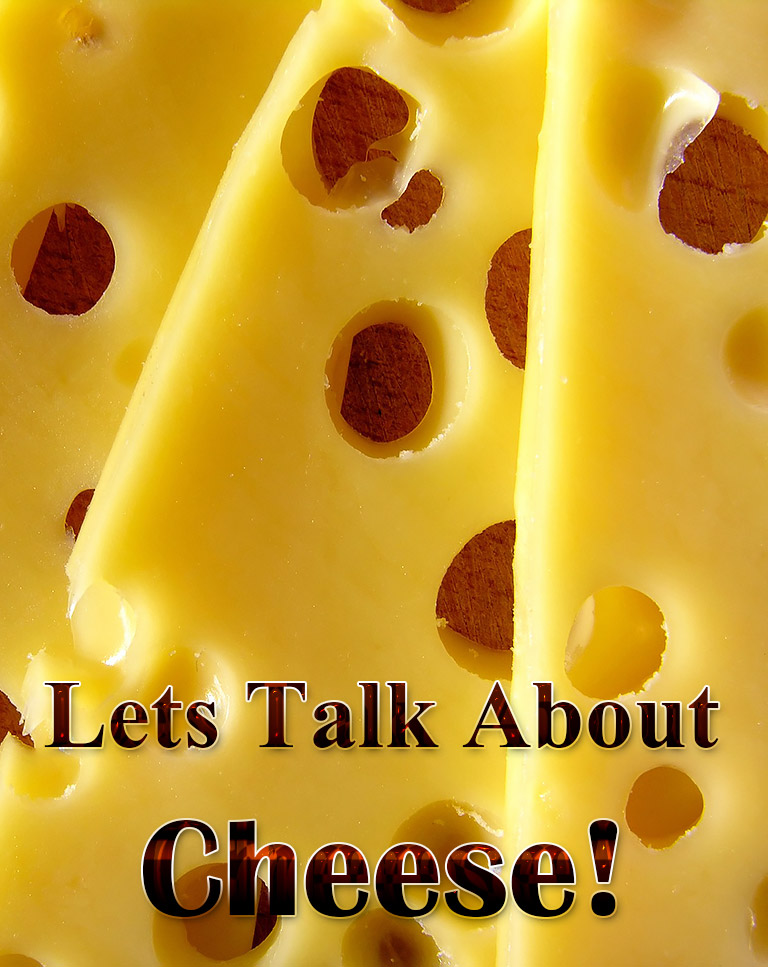




Leave a Reply